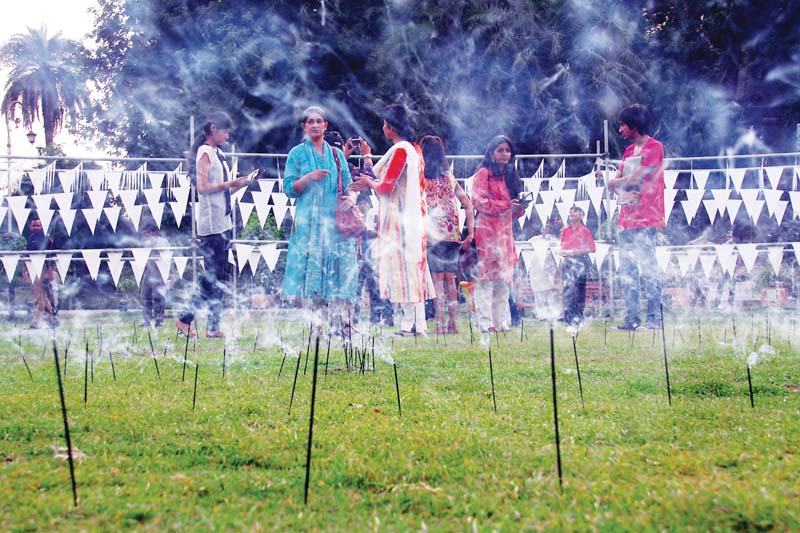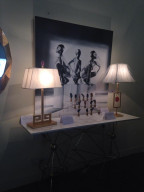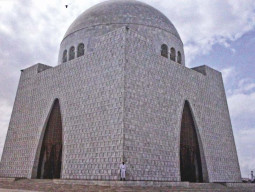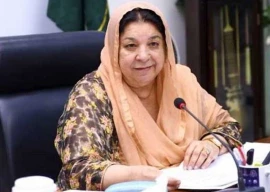
LAHORE:
We, Who Were Stranded in Dark Alleys—an exhibition chronicling instances of sectarian and communal violence in the nation is underway at Lawrence Gardens.
Farida Batool of the Awami Art Collective told The Express Tribune that such incidents were frequent. Batool, an artist, said The Second Floor (T2F) founder Sabeen Mahmud had been silenced for speaking out. “Her only crime was that she came from a section of society that is vociferous,” she said.
Batool said the circular format of the display represented a kind of journey that visitors had to undertake in remembrance of innocent people who had been deprived of their lives. She said people often tended to justify extremists’ actions by calling them “reactionary.” Batool said the exhaustive list of attacks perpetrated by such elements would strengthen resistance against their ideas. She said it was imperative to exhort people to speak out. “We face death irrespective of whether we speak out or cede space to extremists. Relinquishing our rights is also a sort of death,” Batool said.

She said incense sticks placed at the centre of the circular display represented a place for catharsis that signified the conclusion of the visitors’ journey. “Their fragrance represents graveyards. The smoke is meant to symbolise the earth set ablaze. This is a strong statement against violence,” Batool said.
Raheemul Haq, one of the organisers, said the Human Rights Commission of Pakistan (HRCP) had a record of such incidents mid-1990s onwards. Haq said it was difficult to find information about attacks that had taken place earlier. He said the exhibition listed 127 such incidents.
Muhammad Akram, a visitor, said seeing references to such a great number of killings together had been an emotional experience for him. He said the featured people had led normal lives but had been killed in a ghastly fashion. Akram said “The deceased are martyrs. Those who killed them are cruel people,” Akram said.
Shabnam Bashir, another visitor, said the display compelled one to think about when such incidents started taking place and how their frequency had increased over two decades. “Such incidents did not take place before the 1980s. There was no discrimination in the society on sectarian grounds,” Bashir said.
The display commences with the killing of 400 Shias in Jalalabad Gurgaon on May 17, 1988. Another flag features the killing of three Ahmadis in Chak Sikander on July 16, 1989. Another remembers the killing of 23 Sunnis at Al-Khair mosque on December 23, 1996. The featured incidents keep coming closer to present times as one moves along the display.
The exhibition will conclude on June 8.
Published in The Express Tribune, May 25th, 2015.



















1713268762-0/Netflix-(3)1713268762-0-270x192.webp)


















COMMENTS
Comments are moderated and generally will be posted if they are on-topic and not abusive.
For more information, please see our Comments FAQ